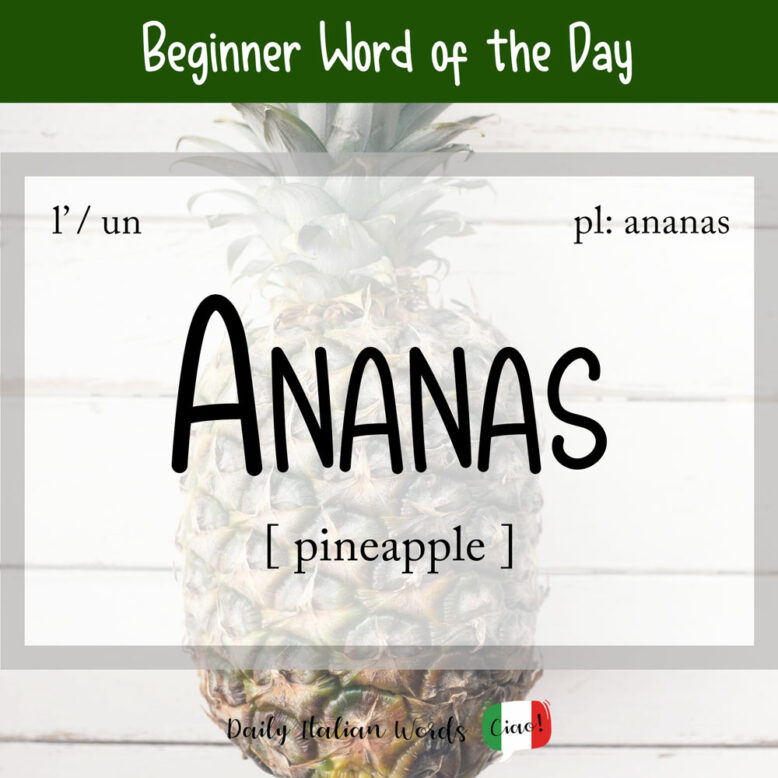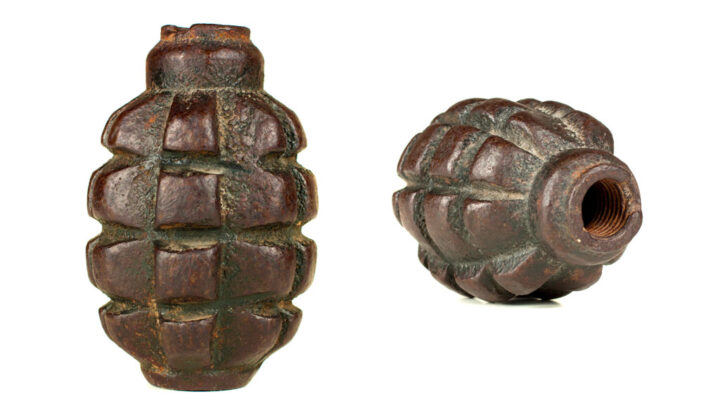A delicious tropical fruit that Italians love eating in the summertime is ananas, the Italian word for pineapple. It is currently the third most important tropical fruit in world production.

Whereas the English word pineapple was applied to the fruit because of its resemblance to a pine cone, much of mainland Europe adopted the word ananas, meaning “excellent fruit”, from the Tupi language family.
Mi piace mangiare l’ananas in estate.
I like eating pineapples in the summer.

In order to talk about something made from pineapple, you would use the forms all’ananas or d’ananas. For example, pineapple juice translates as succo d’ananas whereas pineapple cubes are caramelle d’ananas.
The vast majority of Italians (and Italian Americans) abhor the idea of ananas as a pizza topping but that hasn’t stopped it from being a popular choice on many American-style pizzas!

Did you know that…?
Ananas were used extensively in Philippines in the 17th century to create a fibre called piña, which comes from the Spanish word for pineapple. This fibre was used to weave lustrous lace-like textiles called nipis fabric.
Ananas was also used to describe something completely different, a grenade. Commonly known as bomba a mano (hand bomb), the bomba ad ananas (ananas bomb) was a grenade with a square textured design that somehow recalled the appearance of the tropical fruit.

Apparently, the design was supposed to help the bomb shred into more precise pieces but later it was demonstrated that despite the design, the grenade would still shred into random pieces.
Heather Broster is a graduate with honours in linguistics from the University of Western Ontario. She is an aspiring polyglot, proficient in English and Italian, as well as Japanese, Welsh, and French to varying degrees of fluency. Originally from Toronto, Heather has resided in various countries, notably Italy for a period of six years. Her primary focus lies in the fields of language acquisition, education, and bilingual instruction.


